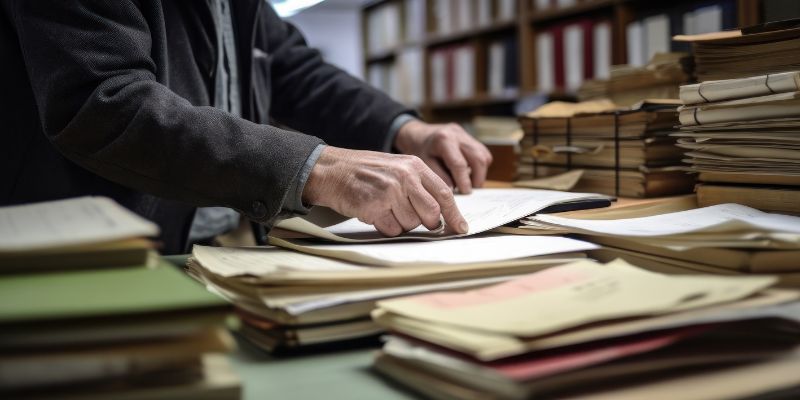Lauth Investigations International: Your Trusted Partner in Corporate and Workplace Investigations

Is your business truly protected against the unseen risks that could jeopardize its success? In a world where threats evolve faster than ever—be it digital vulnerabilities, workplace misconduct, or financial fraud—staying ahead requires more than vigilance. It demands innovative solutions designed to safeguard your organization from the inside out. Your business must detect, prevent, and […]
Energy Sector Under Fire: How Insider Threats Are Sabotaging America’s Critical Infrastructure

America’s energy infrastructure is under unprecedented assault, and the most dangerous attacks aren’t coming from foreign hackers—they’re emerging from within the industry itself. Third-party breaches drive almost half (45%) of malicious intrusions in this sector, according to a joint study by SecurityScorecard and KPMG, but the insider threat landscape presents an even more complex challenge […]
Healthcare’s Security Epidemic: Why Hospitals Need More Than IT Solutions to Combat Rising Threats

Healthcare facilities are experiencing an unprecedented security crisis that extends far beyond the cyber attacks dominating industry headlines. While $133.5 million of confirmed payments were sent to ransomware groups in 2024, hospitals face an equally serious threat from within their own walls—one that no firewall can stop. Health care workers are five times more likely […]
Manufacturing’s $267,000 Problem: How Internal Threats Are Sabotaging Production Lines

Manufacturing facilities across America are under siege—not just from external cyber threats, but from a more insidious danger lurking within their own walls. The industries with the greatest median losses are mining ($550,000), wholesale trade ($361,000), and manufacturing ($267,000) when it comes to occupational fraud, according to the Association of Certified Fraud Examiners’ 2024 report. […]
The $50 Billion Problem: Why Employee Theft Investigations Require Professional Expertise

Employee theft represents one of the most devastating yet underreported crises facing American businesses today. The numbers tell a sobering story: over $50 billion in annual losses, with 75% of employees admitting to stealing from their workplace at least once. Even more shocking, 95% of all businesses have experienced employee theft, making this a virtually […]
The Hidden Crisis: Why Healthcare Organizations Need Professional Workplace Investigations

Working in healthcare means dealing with life-and-death situations daily. But there’s another crisis brewing behind hospital doors—one that threatens patient safety, destroys careers, and costs healthcare systems millions. I’m talking about workplace misconduct that goes far beyond typical office drama. After investigating hundreds of cases in medical facilities, we’ve seen how quickly things can spiral […]
The Cost of a Bad Hire: How Investigative Due Diligence Protects Companies

Hiring is one of the most critical decisions a company makes, directly impacting its bottom line, workplace culture, and legal standing. Yet despite best efforts, organizations often encounter the costly consequences of a bad hire. Whether it’s an employee who lacks the skills they claimed to have, engages in unethical behavior, or creates conflict within […]
How Companies Can Protect Intellectual Property from Insider Threats

Employee intellectual property (IP) theft has grown to be a major issue in a society going more and more technologically advanced. The dangers to private data have increased as more businesses choose digital collaboration and remote work. Employee misbehavior involving sensitive firm data—that is, insider threats—may cause significant financial and reputation harm. This article looks […]
How Do Corporate Culture Audits Prevent Workplace Crises?

High turnover, legal problems, and reputation damage to a business can all follow from a toxic corporate culture. Companies who ignore workplace culture run long-term losses in the competitive corporate environment. Before they become crises, a proactive corporate culture audit can find problems. These audits give companies vital new perspectives on employee satisfaction, communication, and […]
Workplace Investigations in 2025: What Employers Need to Know

Workplace investigations are evolving in 2025 with new laws and shifting workplace cultures. Learn how employers can navigate these changes and ensure compliance.